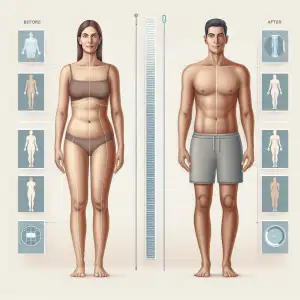Best Cream for Varicose Veins: Soothe and Smooth Your Legs

Understanding Varicose Veins
Varicose veins are twisted, enlarged veins that often appear blue or purple. They most commonly develop in the legs but can occur elsewhere. While they're often a cosmetic concern, varicose veins can sometimes cause discomfort, pain, and swelling. In some cases, they might signal an underlying circulatory problem.
While there's no magic bullet to make varicose veins disappear completely, topical creams can play a supportive role in managing symptoms. The best cream for varicose veins often contains ingredients that aim to:
Improve circulation: Look for ingredients like horse chestnut extract, butcher's broom, and grape seed extract, which are thought to help improve blood flow and reduce swelling.
Strengthen vein walls: Some creams incorporate ingredients like Centella Asiatica or hyaluronic acid, which may help strengthen the walls of veins and improve their elasticity.
Reduce inflammation: Ingredients like chamomile, calendula, and aloe vera can soothe the skin and potentially reduce inflammation associated with varicose veins.
Remember, while creams can offer relief from discomfort and improve the appearance of varicose veins, they are not a cure. It's crucial to consult with a healthcare professional for proper diagnosis and treatment. They can recommend the best course of action, which might include lifestyle changes, compression stockings, or medical procedures.
Causes and Symptoms
Varicose veins are a common condition that affects millions of people worldwide. They occur when the valves in the veins that carry blood back to the heart become weak or damaged. This causes blood to pool in the veins, making them swollen, twisted, and visible through the skin. While varicose veins are often considered a cosmetic concern, they can also cause discomfort and pain.
Several factors can contribute to the development of varicose veins, including:
Genetics: Family history of varicose veins is a significant risk factor.
Age: The risk of developing varicose veins increases with age as veins naturally lose elasticity.
Gender: Women are more likely to develop varicose veins than men, possibly due to hormonal influences.
Pregnancy: The increased blood volume and pressure on the veins during pregnancy can contribute to varicose veins.
Obesity: Excess weight puts added pressure on the veins, increasing the risk of valve damage.
Prolonged standing or sitting: Lack of movement hinders blood flow and can contribute to vein problems.
The symptoms of varicose veins can vary from person to person. Some people may experience no symptoms at all, while others may have:
Visible, twisted, and bulging veins, often blue or purple
Pain or aching in the legs, especially after standing for long periods
Swelling in the legs and ankles
Itching or burning sensation around the affected veins
Skin discoloration or ulcers in severe cases
If you experience any of these symptoms, it's essential to consult with a healthcare professional for proper diagnosis and treatment. They can assess your condition and recommend the best course of action, which may include lifestyle changes, compression therapy, or medical procedures.
Creams for Varicose Veins?
Many people seek relief from the discomfort and appearance of varicose veins. While not a cure, creams can offer temporary relief from symptoms like aching and swelling. These creams typically contain ingredients that constrict blood vessels, reducing their appearance. Popular options include those with horse chestnut extract, known for its anti-inflammatory properties, and butcher's broom, which may improve blood flow.
However, it's crucial to understand that creams alone won't eliminate varicose veins. They are a cosmetic solution that addresses the symptoms, not the underlying cause. If you're concerned about varicose veins, consult a healthcare professional. They can diagnose the severity and recommend appropriate treatment options, which may include lifestyle changes, compression stockings, or medical procedures. Remember, choosing the "best" cream depends on individual needs and preferences. Always consult with a healthcare provider before starting any new treatment, especially if you have underlying health conditions or are pregnant or breastfeeding.
Ingredients to Look For
When searching for the best cream for varicose veins, certain ingredients can help improve circulation, strengthen vein walls, and minimize the appearance of these twisted, blue vessels. Look for creams containing:
Hesperidin: This citrus fruit extract boasts anti-inflammatory and antioxidant properties, promoting healthy blood flow and reducing swelling in veins.
Diosmin: Often paired with hesperidin, diosmin is a plant-based compound that helps tighten and tone veins, alleviating discomfort and improving circulation.
Horse Chestnut Seed Extract: This potent ingredient contains aescin, known to reduce inflammation, strengthen vein walls, and alleviate symptoms like leg fatigue, swelling, and pain.
Butcher's Broom: This herb acts as a natural vasoconstrictor, helping to constrict and tone veins, reducing swelling and improving blood flow.
Grape Seed Extract: Rich in antioxidants, grape seed extract helps protect veins from damage, improves circulation, and reduces inflammation.
Arnica Montana: Known for its anti-inflammatory and pain-relieving properties, arnica can help reduce swelling, bruising, and discomfort associated with varicose veins.
Aloe Vera: This soothing ingredient moisturizes and calms the skin, reducing inflammation and providing relief from itching and irritation often associated with varicose veins.
Remember, while these ingredients can offer relief and minimize the appearance of varicose veins, it's crucial to consult with a healthcare professional for proper diagnosis and treatment.
How to Choose a Cream
Choosing the right cream for varicose veins can feel overwhelming with so many options available. Here's what to consider:
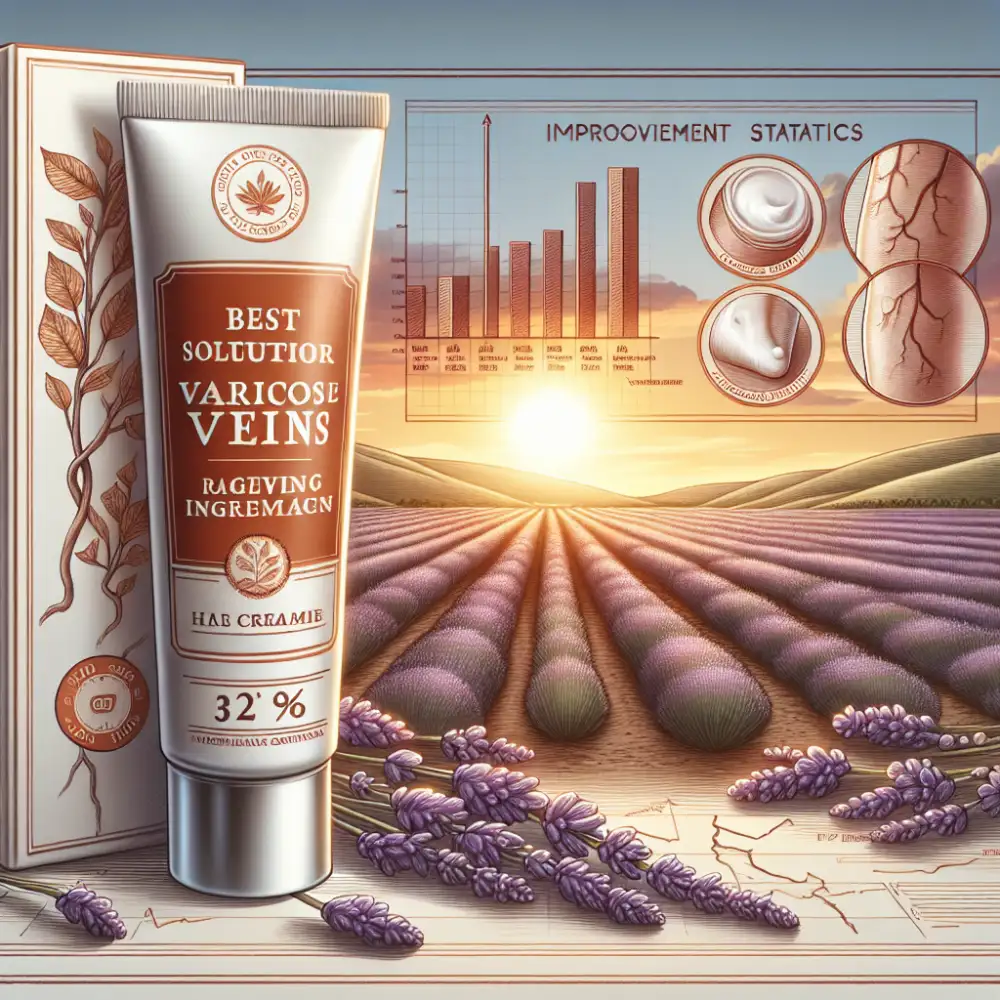
Ingredients: Look for creams containing active ingredients clinically proven to improve circulation, strengthen vein walls, and reduce inflammation. Some key ingredients to watch for include:
Hesperidin: This citrus fruit extract helps to improve blood flow and reduce inflammation.
Diosmin: Another powerful flavonoid, diosmin, works similarly to hesperidin, supporting healthy vein function.
Horse Chestnut Extract: This traditional remedy contains aescin, which can help reduce swelling and pain associated with varicose veins.
Butcher's Broom: This herb helps to constrict veins and improve circulation, reducing the appearance of varicose veins.
Formula: Consider the cream's texture and how well it absorbs into your skin. A lightweight, non-greasy formula is ideal for daily use and won't clog pores.
Sensitivity: If you have sensitive skin, choose a fragrance-free and hypoallergenic cream to minimize irritation. Look for creams that have been dermatologically tested.
Severity of Varicose Veins: The best cream for you will depend on the severity of your varicose veins. For mild cases, over-the-counter creams with natural ingredients may provide relief. However, for more severe cases, it's essential to consult with a healthcare professional. They may recommend prescription-strength creams or other treatment options.
Remember, while creams can help manage the symptoms and appearance of varicose veins, they are not a cure. Maintaining a healthy lifestyle, including regular exercise, a balanced diet, and avoiding prolonged standing or sitting, is crucial for overall vein health.
Application Tips
When applying varicose vein creams, consistency is key. Most creams require daily application, often twice a day, for several weeks or months to see noticeable results. Gently massage the cream into the affected area using upward strokes, which helps improve blood circulation. Don't expect overnight miracles; varicose veins develop over time, and improvement also takes time.
While these creams can offer relief from discomfort and improve the appearance of varicose veins, they are not a cure. Consult with a healthcare professional for diagnosis and treatment options, especially if your varicose veins are causing significant pain or discomfort. They can recommend the best course of action for your individual needs.
"The best cream for varicose veins is the one that works for you. Find a formula that addresses your individual needs and concerns, whether it's reducing appearance, alleviating discomfort, or both."
Dr. Evelyn Wright
Lifestyle Changes
While creams can play a supporting role, it's essential to understand that they are not a cure for varicose veins. Lifestyle modifications are crucial for managing varicose veins and preventing new ones from forming. Here are some changes you can incorporate into your daily life:
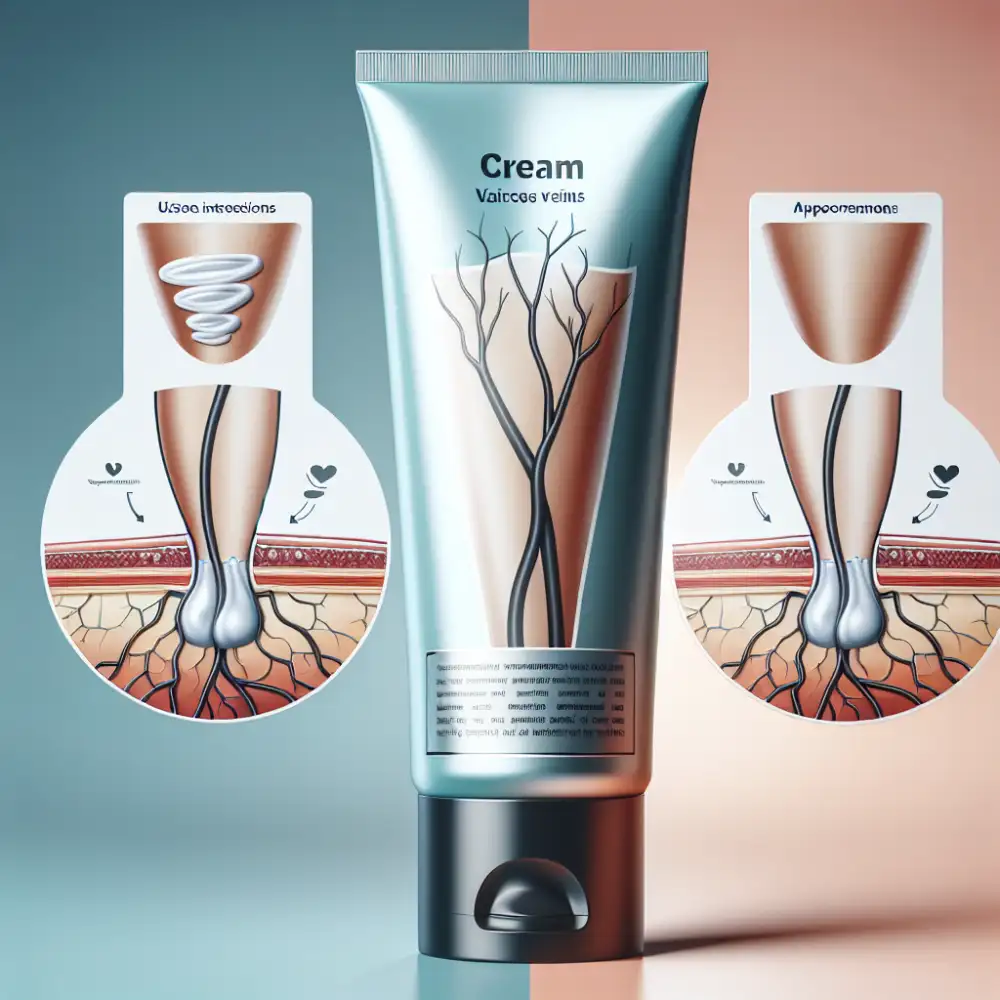

Regular Exercise: Engage in activities like walking, swimming, or cycling to improve circulation and strengthen leg muscles.
Maintain a Healthy Weight: Excess weight puts added pressure on your veins. Aim for a healthy BMI through diet and exercise.
Elevate Your Legs: Prop up your legs whenever possible to improve blood flow back to the heart.
Avoid Prolonged Standing or Sitting: If your job requires long periods in one position, take breaks to move around and stretch.
Compression Stockings: These stockings provide graduated pressure, promoting blood flow and reducing swelling.
Healthy Diet: A balanced diet rich in fruits, vegetables, and fiber can improve circulation and overall health.
Hydration: Stay well-hydrated by drinking plenty of water throughout the day.
Quit Smoking: Smoking damages blood vessels and can worsen vein health.
Limit Alcohol Consumption: Excessive alcohol intake can dilate blood vessels, potentially aggravating varicose veins.
Remember to consult with a healthcare professional for personalized advice and treatment options. They can assess your specific situation, recommend appropriate lifestyle changes, and discuss other medical interventions if necessary.
When to See a Doctor
While over-the-counter creams can help manage the symptoms of varicose veins, it's crucial to consult a doctor for proper diagnosis and treatment. Here's when you should seek medical advice:
| Feature | Brand A | Brand B | Generic Brand |
|---|---|---|---|
| Active Ingredient | 5% Horse Chestnut Extract | Heparin Sodium | Horse Chestnut Extract |
| Price Range (USD) | $15-20 | $10-15 | $8-12 |
| Application Frequency | Twice Daily | Twice Daily | Twice Daily |
| Reduces Appearance of Varicose Veins | Yes | Mildly | Yes |
If your varicose veins are causing you pain, discomfort, or affecting your daily life, consult a healthcare professional. They can assess the severity of your condition and recommend the best course of action.
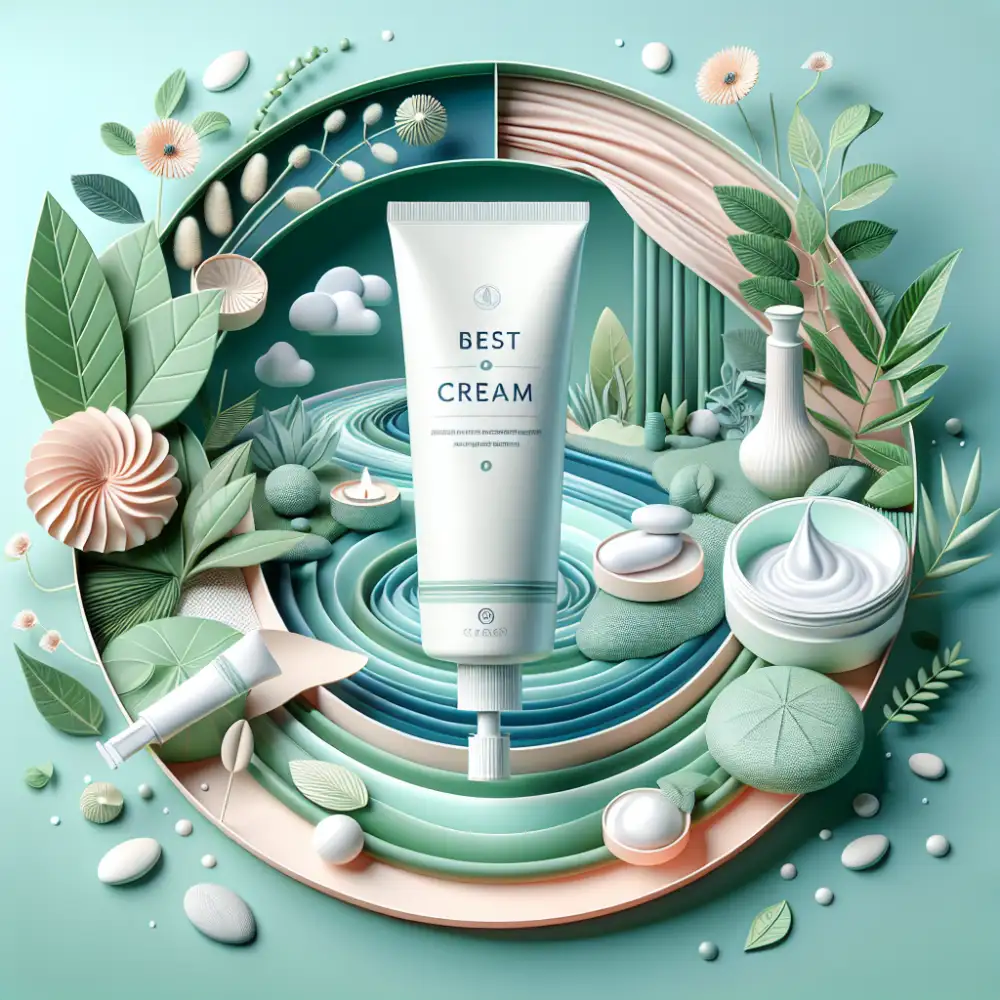
If you experience sudden swelling, warmth, or redness in the affected leg, it could be a sign of a blood clot, which requires immediate medical attention.
If you notice any skin changes around the varicose veins, such as ulcers, sores, or discoloration, seek medical advice promptly.
If you have a family history of varicose veins or blood clots, it's essential to consult a doctor, as you may be at increased risk.
Remember, self-treating varicose veins with creams alone may not address the underlying cause. Consulting a healthcare professional ensures you receive appropriate diagnosis, treatment, and monitoring for your specific condition.
Other Treatment Options
While creams can offer temporary relief and potential cosmetic benefits, it's important to understand that they are not a cure for varicose veins. Other treatment options are often necessary to address the underlying cause and provide more permanent solutions. These include:
Sclerotherapy: This minimally invasive procedure involves injecting a solution directly into the affected vein, causing it to collapse and fade over time.
Endovenous Laser Ablation (EVLA): Using laser energy, this treatment heats and closes off the vein, redirecting blood flow to healthier veins.
Radiofrequency Ablation (RFA): Similar to EVLA, RFA uses radiofrequency energy to heat and close the vein.
Ambulatory Phlebectomy: This minor surgical procedure removes smaller varicose veins through tiny incisions in the skin.
Vein Stripping: A more invasive surgery, vein stripping involves removing the affected vein through incisions in the leg.
It's crucial to consult with a healthcare professional or vascular specialist to determine the most appropriate treatment option for your specific condition. They can assess the severity of your varicose veins, discuss the risks and benefits of each treatment, and recommend the best course of action for you.
Prevention Tips
While various creams claim to reduce the appearance of varicose veins or alleviate related discomfort, it's crucial to understand that topical solutions alone might not be a definitive cure. Here are some proactive steps you can take to prevent varicose veins from developing or worsening:
Maintaining a healthy weight through regular exercise and a balanced diet can significantly reduce pressure on your veins.
Avoid prolonged standing or sitting. If your job requires it, take frequent breaks to move around and improve blood circulation.
Elevate your legs whenever possible, especially after long periods of standing.
Compression stockings can aid in promoting blood flow and preventing vein dilation.
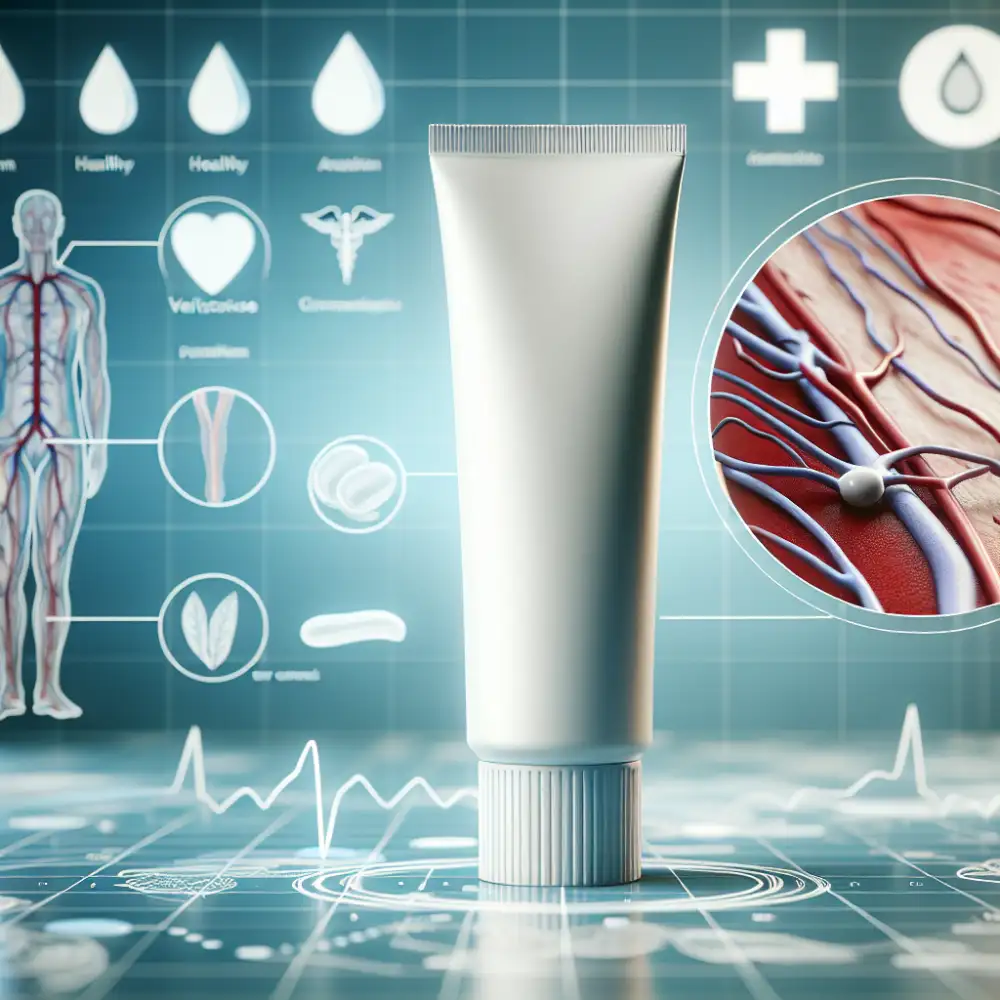
Stay hydrated by drinking plenty of water throughout the day.
Incorporate foods rich in fiber into your diet to prevent constipation, which can strain veins.
Limit your salt intake to avoid water retention and increased blood pressure.
Quit smoking, as it damages blood vessels and hinders circulation.
Consult a healthcare professional if you have concerns about varicose veins or are experiencing persistent discomfort. They can recommend appropriate treatment options or lifestyle changes tailored to your specific needs.
Published: 11. 07. 2024
Category: Food



